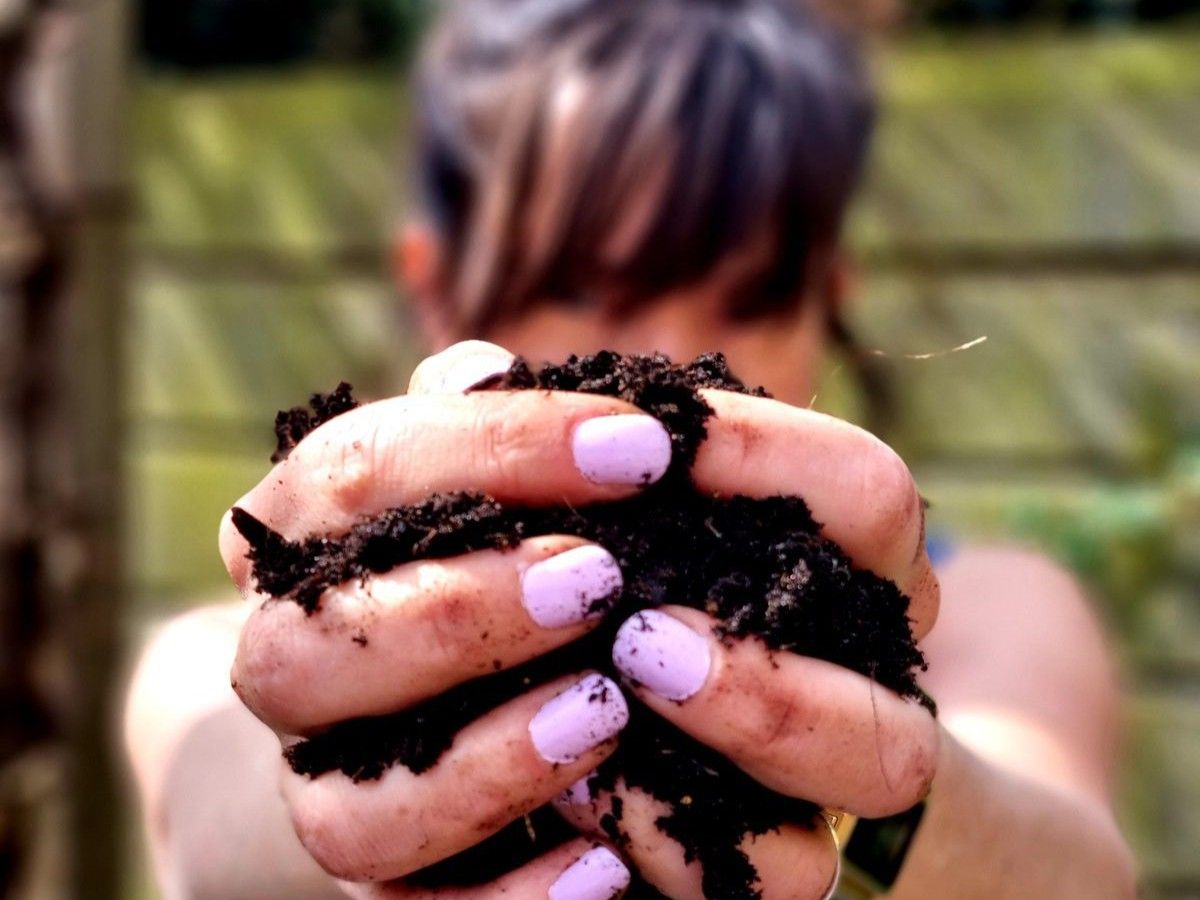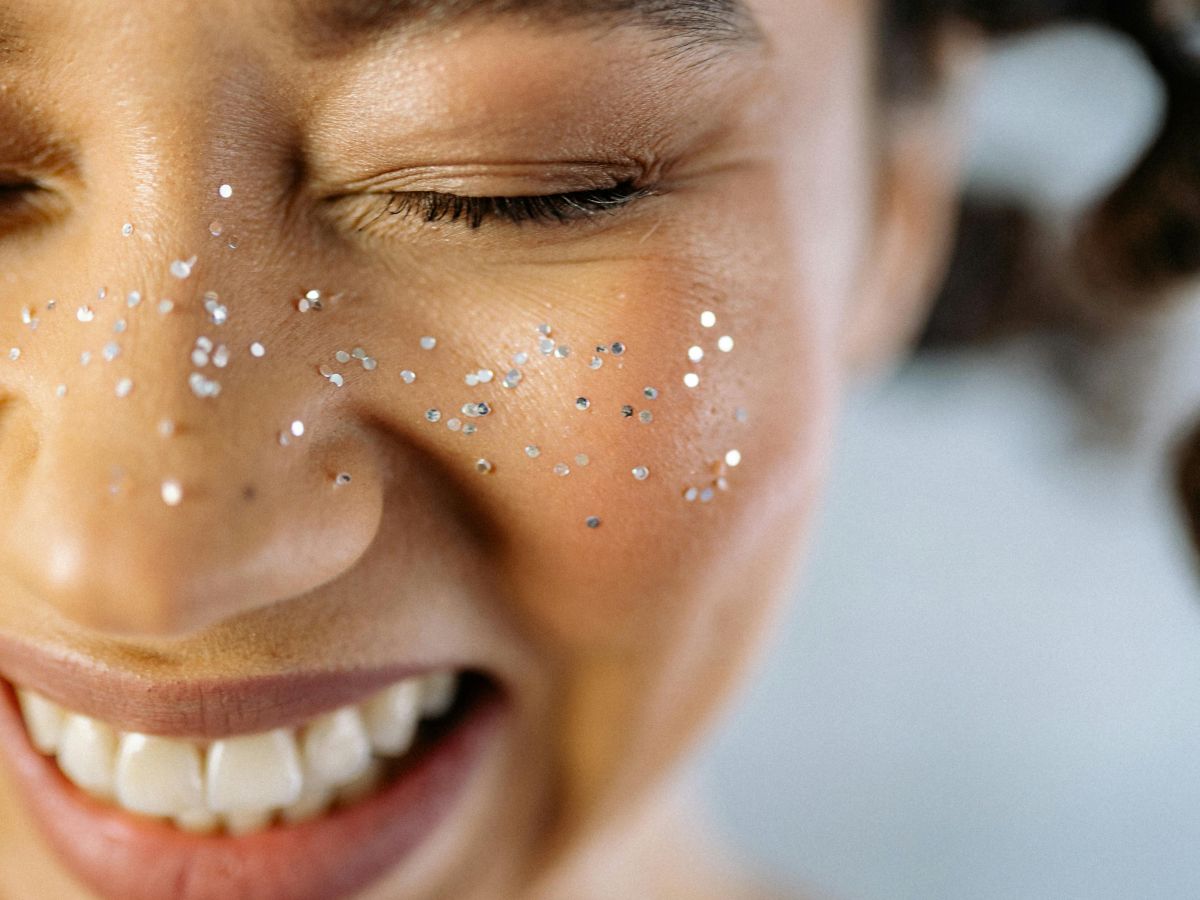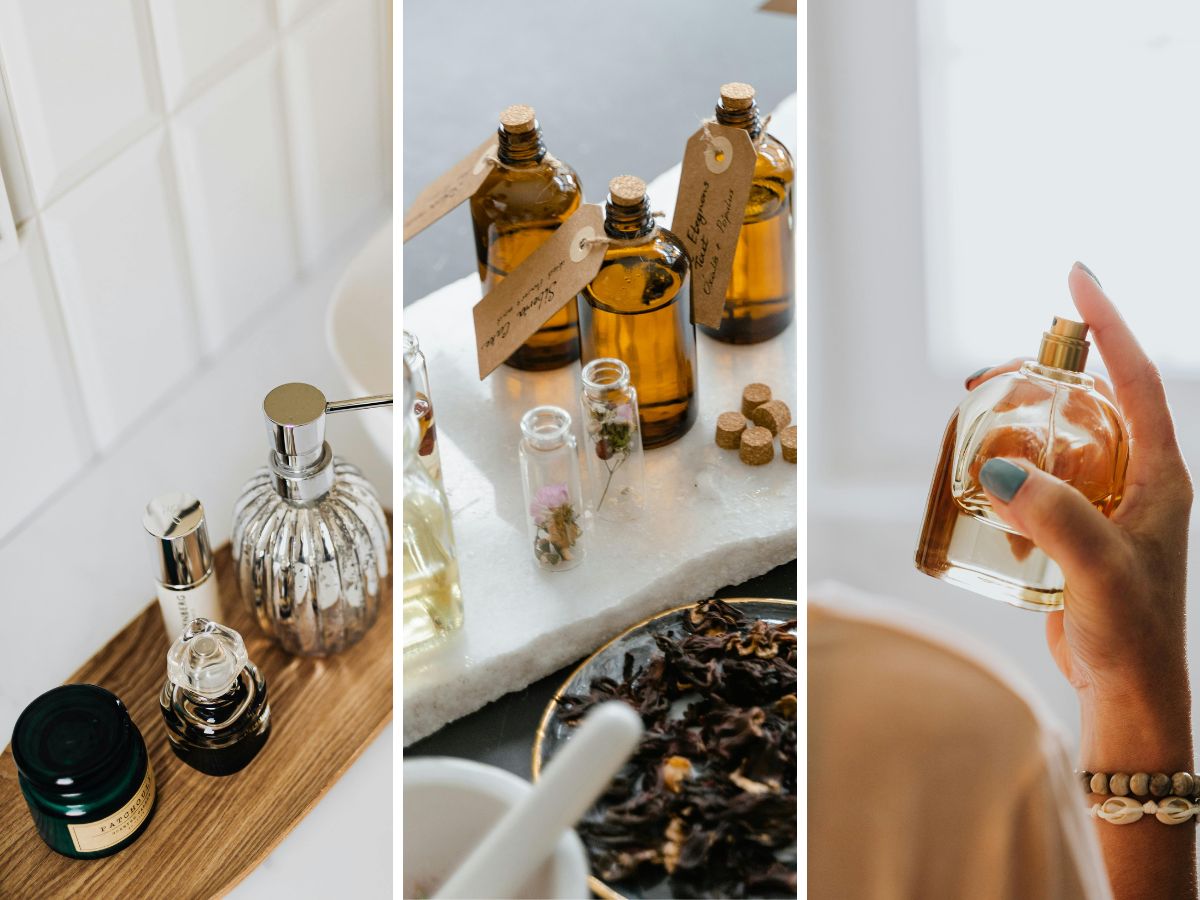Cozy right, a bright colour on your nails every now and then. We want nail polish at thegreenlist.nl therefore also like to choose more environmentally friendly ones. But is that even possible? It is and remains nail polish... And how well does nail polish with better ingredients last? And vegan nail polish, what is it like? Nail polish brand gitti asked if we wanted to test their plant-based, vegan nail polish. Absolutely - so many cool colours, bring it on!
What's wrong with nail polish?
In collaboration with gitti
Anyone who has ever opened a nail polish and thus knows the smell knows it too: what is inside the jar will not be too good for the planet. Most of the (synthetic) ingedients will not have been made in an environmentally friendly way and nail polish also leaves traces during use. You can smell that too. Nail polish contains volatile organic compounds (VOCs) that we know contribute to smog formation. Now, of course, the proportion of your jar of nail polish is very small. But it does indicate that nail polish is very cosy on your nails, but it is not an eco-friendly product. And yet, there are differences between nail polish manufacturers. So if you are a fan of nail polish - hi - you might want to look for the better brands that use (partly) different, better ingredients.
What's in a jar of nail polish?
What's in what, a government website, says: ‘Nail polish should remain liquid in the bottle and harden once applied to your nail. To ensure that nail polish remains liquid and spreadable, it contains solvents such as alcohols and toluene. Resin then causes nail polish to harden and stick to your nail after being applied. Also, nail polish should form a nice layer without lumps. Film formers ensure that nail polish forms an even layer. An example of a film former is nitrocellulose. In addition, plasticisers ensure that nail polish remains flexible and does not crumble. Examples of plasticisers are phthalates. And of course the nail polish must have a nice colour and shine. This is why it often contains dyes and pigments. Nail polish is a safe product when used normally.’
Source: what's in it
Misleading information on your jar of nail polish
If you have ever bought nail polish and made an effort to make a better choice, you have probably seen texts on the jar like: ‘3-free’, ‘5-free’, ‘7-free’ or even ’10-free’. With these texts, manufacturers want to say: ‘the composition is free of the three to 10 most potentially harmful substances usually used in ‘ordinary’ nail polish’. That makes you feel good and better, although of course, as a simple consumer, you have no idea what ingredients are involved. At least it seems to offer something of guidance, right? From gitti, I learn that these ‘x-free’ cries don't necessarily mean anything at all. Nail polish manufacturers can decide for themselves which substances belong in the bad top ten. This allows them to bend the claim to their own ends. In short, confusing, and therefore possibly misleading.
Vegan nail polish: isn't all nail polish vegan then?
For vegans, this is an important point: nail polish is not always free of animal ingredients. Or it is vegan, but not cruelty-free because ingredients have been tested on animals. To return to the first point. What animal ingredients might be in nail polish? It is common for nail polish to contain tallow derived from beef tallow, guanine from fish scales (which creates a shimmer) and sometimes insects are also used (to create colours). If you really want to be sure that your nail polish is vegan as well as animal-tested, choose a nail polish with a vegan label. Or find out if more is known About the ingredients and the company publishing the nail polish.
How does gitti nail polish score?


Vegan nail polish from gitti and their ecological nail polish remover.
Like a kid in a sweet shop, I was allowed to pick some colours from gitti to test. Phew, that was quite difficult because there is so much choice. In the end, I picked three favourite colours: number 132, number 121 and number 110. With this, gitti passed the first test: so more environmentally friendly does not mean more boring by any means. Fine! But what about the ingredients? How does it spread and does it stay on a bit? I take you through all the points.
- So, although gitti is not really a fan of that x-free claim that is used indiscriminately, they dare to state that their nail polish 100% is vegan, cruelty-free ánd ’19-free’. To increase transparency in the industry, they are always happy to add which 19 potentially dangerous substances have then been replaced with a more sustainable variant*.
- Furthermore, gitti is committed to minimising its carbon footprint in production. Everything is produced under fair conditions in the EU and everything is transported climate-neutrally.
- They have a water-based nail polish (55% water): it is odourless for yourself and those around you, dries easily due to a special formula and should last for an average of three days. This nail polish is also often a favourite with people who like to change colours often or for children who like to smear a colour.
- They have a plant-based nail polish (82% plant-based): it is also free of those 19 substances, but does smell a little bit like nail polish. The plant-based formula includes cassava, sugar cane, maize and wheat These cheerful colours are said to last about five to seven days.
- So I opted for cheerful vegetal colours because they would be ‘extra long-lasting’, and I need that. I went gardening with the nail polish on day five and it stayed on surprisingly well even then (see photo).
- Update 2024: I am still using gitti nail polish to my satisfaction. I am still very enthusiastic!


Plantbased and vegan nail polish from gitti on day one and on day four, after gardening.
Nail polish tips from gitti
- Apply the nail polish as thinly as possible.
- Need extra fixation? Then use the topcoat.
- Brittle nails? Then use the vegan nail oil with vitamin E and/or the serum.
- Remove nail polish with eco-friendly remover. These removers do not use acetone, but other ingredients such as citric acid. As these removers are slightly less powerful, the tip is to leave the cotton ball on your nails for a while. Then you can remove the nail polish more easily with it afterwards.
- Do you use water-based nail polish? Avoid contact with warm water for two hours.
- It is best to dispose of nail polish in the small chemical waste.
Want to know more about gitti or check out the fun colours? Then check out their website!
More sustainable tips from thegreenlist.nl
- Also see: storage tips for your beauty products.
- Also see: Why the claim ‘natural’ doesn't always mean something on beauty products.
- Also see: A long list of better beauty brands!
*19-free at gitti: This means that we avoid the following 19 questionable ingredients in our nail colours and replace them with better alternatives: Formaldehyde releasers, Toluene, Phthalates, Camphor, Animal derived ingredients, Parabens, Added fragrances, Sulfonamide, Xylene, Acetone, Benzophenone-1, Benzophenone-3, Hydroquinones, Colophonium/Rosin, Mineral oils/waxes, Microplastics (according to the definition of UNEP 2015), Diethylhexyl adipate, EDTA, Triphenyl phosphate. Photo credits: thegreenlist.nl.












